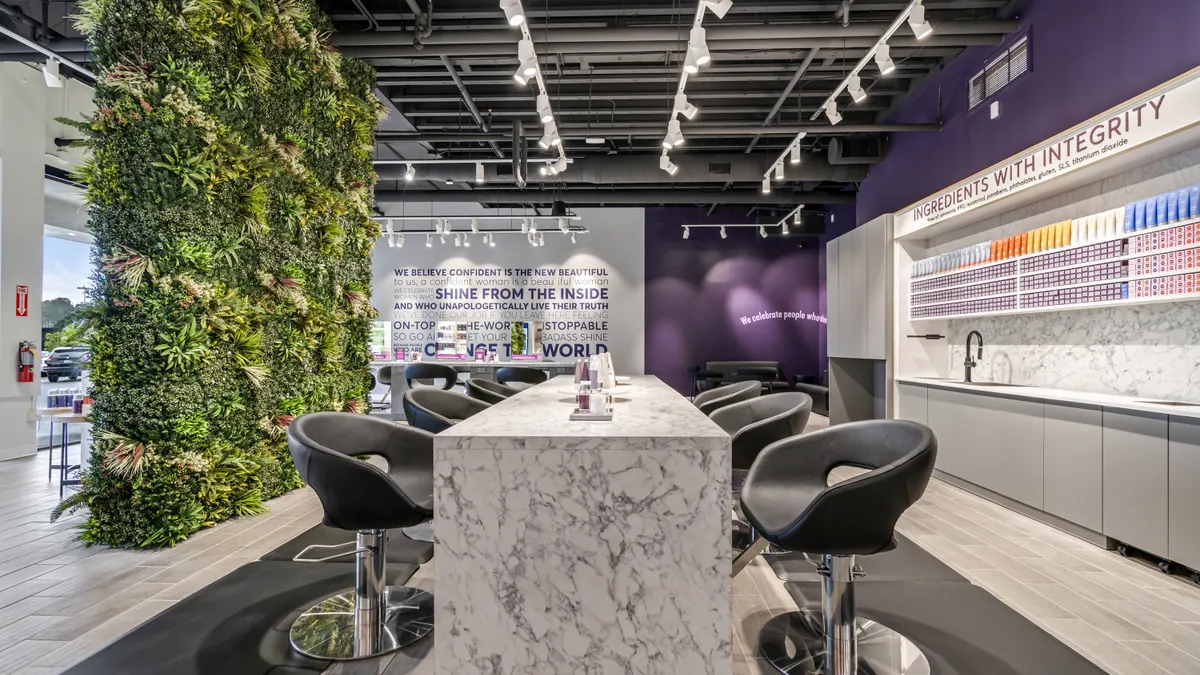Sonos customers who turned on their speakers last week might have heard their bass booming. To many who took to social media, the sound was better overall.
The change was the result of the company’s latest firmware update — a change made so quietly that a representative from the company initially insisted no sound changes had been made.
It's indicative of a larger shift at Sonos. As the company works to win back customers following a botched app rollout last year that cost the company at least $100 million in revenue, it’s rolling out a series of software updates to improve customer experience. Now, with CEO Tom Conrad at the helm, the sound system and audio company is focusing on smoothing over relationships with customers while putting that talk into action.
Conrad sees software updates as key to Sonos’ relationship with customers. “The Sonos we're building today is not just a product company,” he said during an earnings call last week.
Instead, he said, Sonos is a platform company in which its hardware products compound in value as software upgrades continuously deliver unique and improved experiences.
“We really believe that our portfolio of hardware products deliver truly exceptional value that compounds over time, thanks to the kinds of software updates that deliver new experiences,” Conrad said.
Financially, Sonos outperformed its third quarter 2025 expectations, but it still saw declining revenue. Third quarter revenue declined 13% year over year to $345 million, but the company had expected as much as a 22% drop, CFO Saori Casey said during the earnings call.
Though its finances are improving, there is still work to be done. Sonos needs to offer an easy and seamless user experience to regain trust and lapsed customers, Isabelle Zdatny, head of thought leadership at Qualtrics XM Institute, told CX Dive.
"Even if people are ultimately able to accomplish their goals through the digital channel or app, if the interaction is difficult or unpleasant, customers are not going to have a positive perception of the experience,” Zdatny said via email. “An example like a botched app update shows that a feature 'working' isn’t enough — interactions must be intuitive, fast and pleasant or trust erodes.”
The company sees its relationship between hardware and software as a differentiator, too.
“So our customers benefit from products that improve over time after their purchase,” Conrad said. “And we think that, that puts us in a good position as we have to modulate pricing relative to our competitors who are so often are delivering commodity experiences.”
Its efforts build on steps the company took last year to regain customer trust. A seven-point plan illustrated how Sonos would address the root causes of the app failure. In addition to appointing a quality ombudsperson, it said it would increase the stringency of pre-launch testing and establish a customer advisory board.
“The way to win back that trust is through making necessary changes, being transparent, and closing the loop with affected customers,” Zdatny said. “Companies can ensure they have great UX by deploying always‑on listening to surface bugs, running product‑specific pulse checks that feed product teams, and using personas to focus design."










